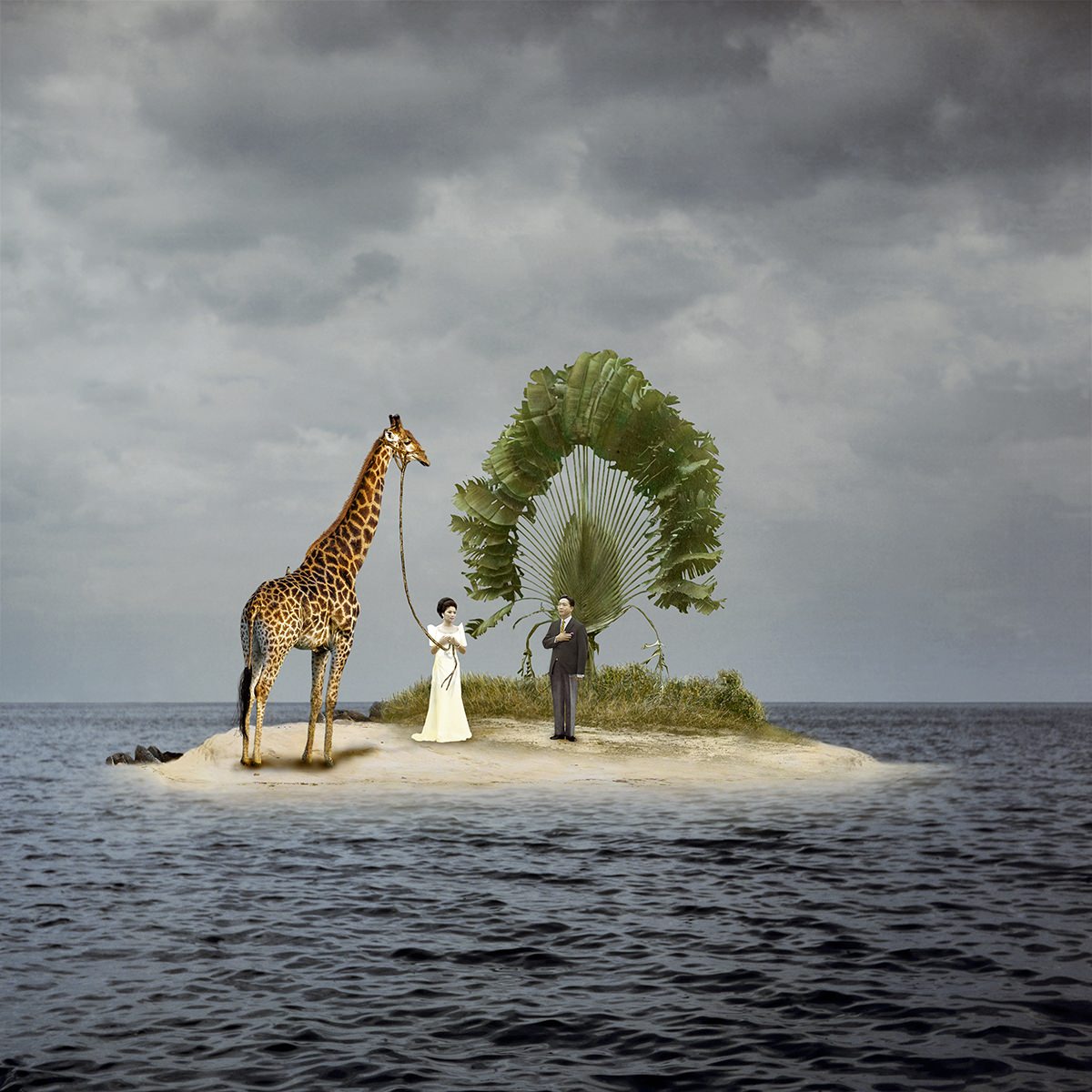The ossuary of artworks destroyed or lost at the hands of the Nazis is colossal, though from time to time private collections miraculously appear, as one did in Munich recently. “Degenerate Art: The attack on Modern Art in Nazi Germany, 1937,” now on view at the Neue Galerie, pays tribute to a particular collection of art deemed “Un-German” by the Nazis.
What is unique about this collection of “Degenerate Art” is that it was part of an exhibition curated by the Nazis in an attempt to demonstrate what art Hitler found unacceptable. Shown after the Hitler-curated show, the “Great German Art Exhibition,” “Entartete Kunst” in contrast was marketed as “degenerate” art. A photo from the 1937 opening shows a line of people outside the building waiting to get in, standing next to massive swastika flags. The exhibit was a pastiche of avant-garde, dada, Bauhaus, Expressionism, and Cubism, along with works by Jewish artists, depicted as a freak show by Nazis, though included some of the most prominent art movements of the 20th-century.
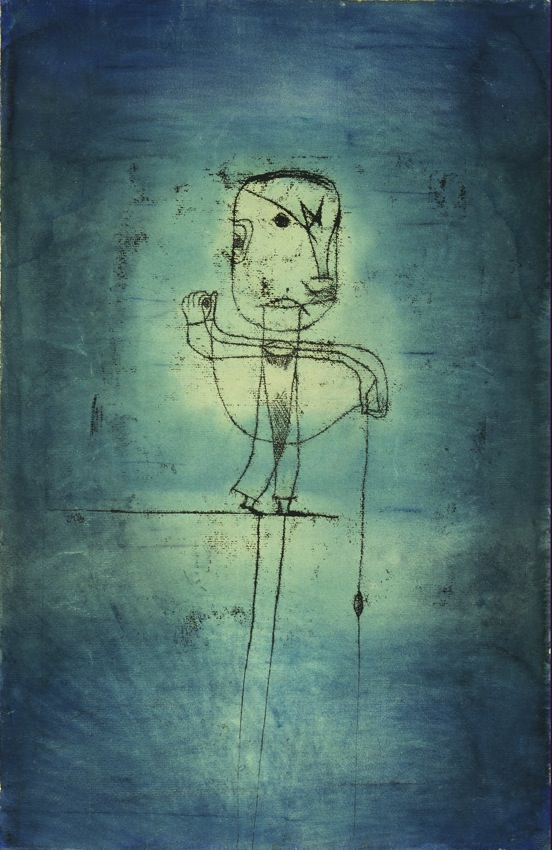
The exhibition at the Neue Museum juxtaposes Nazi-approved art with “Degenerate Art,” the first room including works owned by Hitler himself. The contrast is astounding. Though made during the same time period, works such as Adolf Ziegler’s The Four Elements, a traditional, unremarkable German nude, seem ancient compared to the expressionistic pieces in the next room. Karl Schmidt Rottluff’s “Life of Christ” comic could easily pass as a contemporary graphic novel. Artistic giants Otto Dix, Wassily Kandinsky, Emil Nolde, and Paul Klee are among those included in the “Degenerate” section.
The room “The Fate of the Artists” is among the most fascinating, detailing the often tragic demise of many artists included. Even artists Hitler originally liked sometimes fell out of favor, as Ziegler was eventually forced into exile. Many other artists were killed, ordered to retire or practice in secret. This room includes many self-portraits of degenerate artists done after the 1937 exhibit, including Oskar Kokoschka’s aptly titled Self Portrait of a Degenerate Artist. Most haunting is Nussbaum’s macabre work The Damned, painted one year before he was killed at Auschwitz. The painting provides a rare glimpse into the cruelty of the Jewish ghettos and concentration camps.
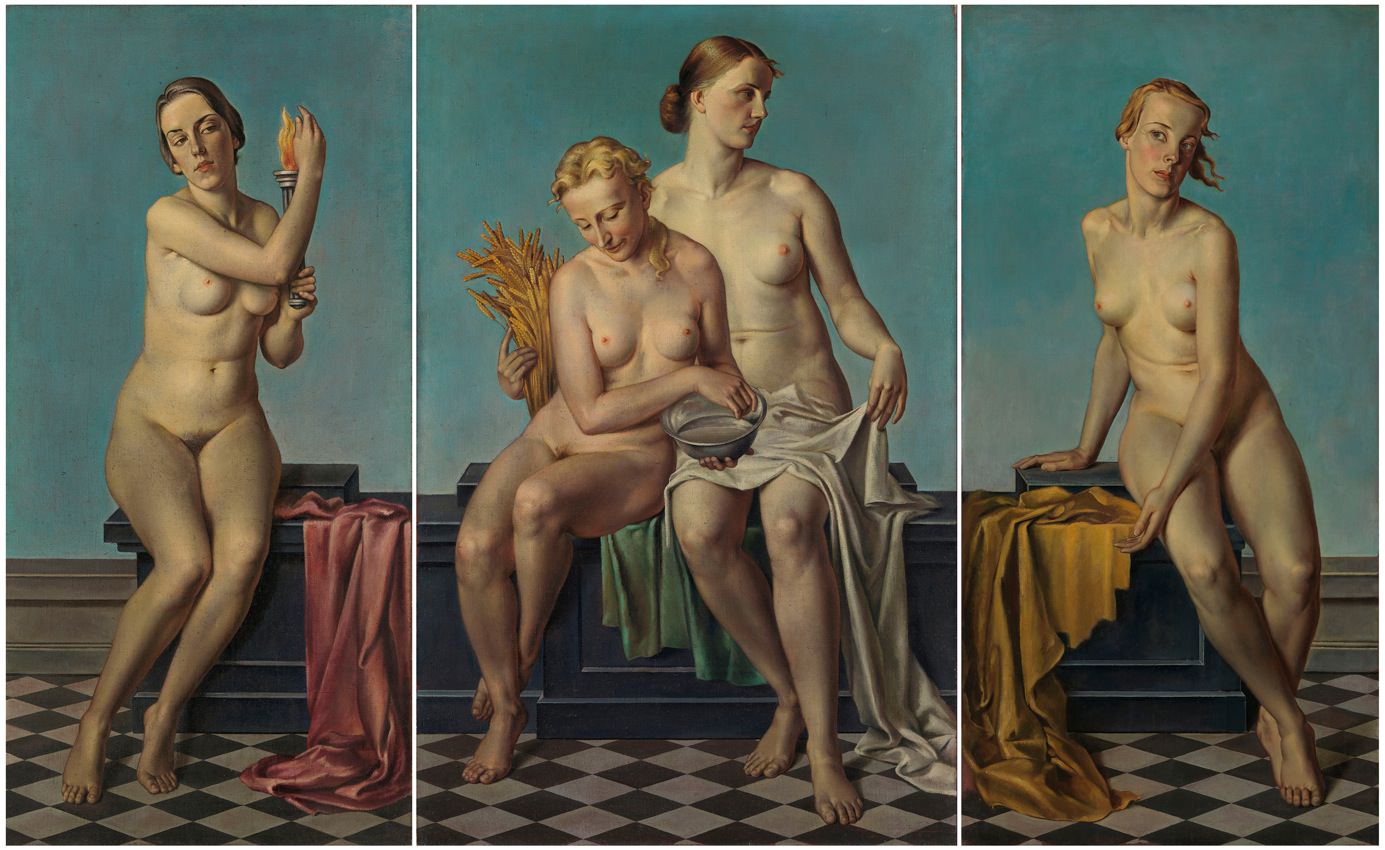
Adolf Ziegler, The Four Elements, 1937
The art is contextualized with original documents from the time period, including a roster detailing every work of art that was to be confiscated and destroyed. Ominous Nazi propaganda, photos of the National Socialist Party, and other ephemera stand in the background of the exhibit, reminding the viewer of the evil that lurked behind aesthetic censorship. Empty frames hang on the walls meant to commemorate specific works of art that were lost or destroyed.
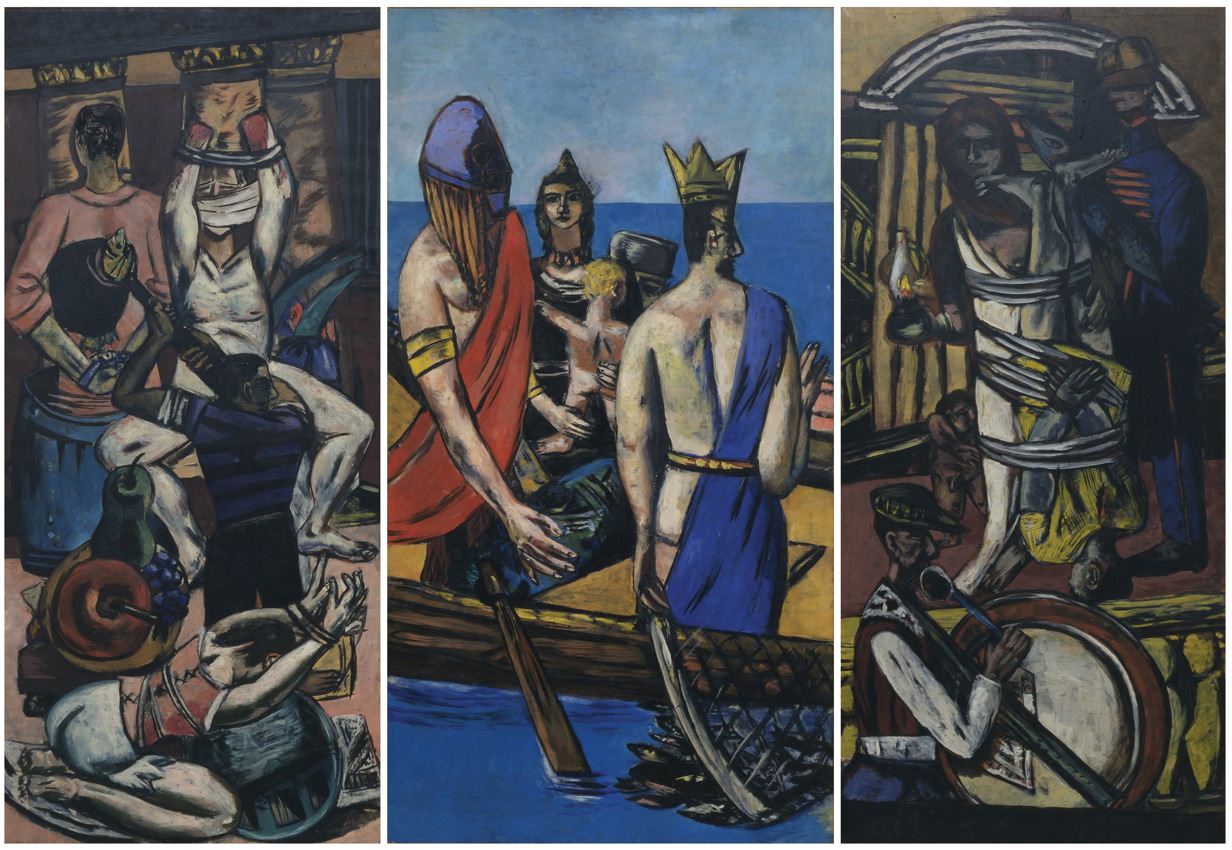
Max Beckmann, Departure, 1932-35
“Degenerate Art: The Attack on Modern Art in Nazi Germany” will be on view at the Neue Galerie through September 1.
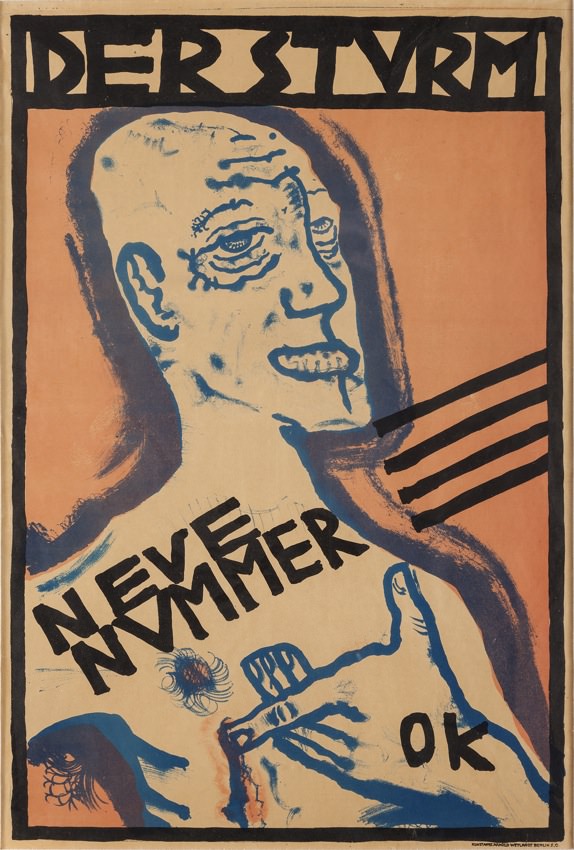
Oskar Kokoschka, Self-Portrait for Der Sturm, 1910





